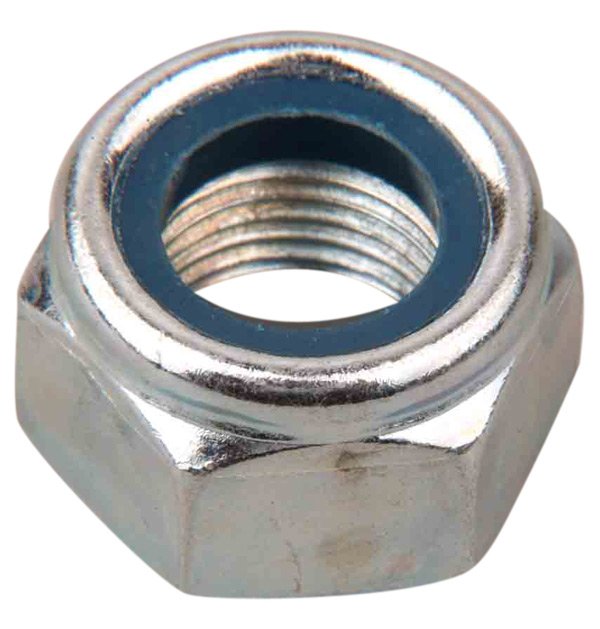As I checked the inventory of Dewberry jelly in the pantry, I noticed that we have one half pint and one pint left. It's time to stop fooling around and make some more jelly. It would be tragic to have homemade biscuits with no jelly in the house. In previous posts, we showed you the really nice dewberries that we picked right in front of the house. They were plump and juicy and should make some nice jelly.
 |
| Delicious Dewberries |
We also showed you in earlier posts how we individually freeze the berries to allow for easy pouring or measuring out just what you need. The recipe calls for 12 cups (or 6 pints) of berries, so I filled up measuring cup full, ensuring that I had enough. The photo below is a little misleading. It only held 4 pints, so I measured out 2 pints in another measuring cup and poured them on top.
 |
| 6 pints of frozen dewberries |
Now while I'm doing everything else, I'll put all of the rings, lids, and gaskets in a pot of water on the stove top and sterilize them. I'm using the
Tattler Brand lids that you can use over and over again. They were a little tricky at first, but now I like using them.
 |
| Sterilizing the lids, rings, and gaskets |
We pour the 12 cups of berries into a large saucepan on the stove and add 1 cup of water. Turn up the heat and bring them to a boil. Now here's where the fun part comes in. Get a potato masher and vigorously crush all the berries. Just keep mashing and crushing until you have a pretty purple concoction. It smells real fruity and nice. Keep stirring. Once it has come to a boil, turn the heat down to medium, put the cover on and simmer for 5 minutes.
 |
| Purple Passion |
Now personally I don't like all the little seeds in my jelly. I'll drink them in my morning kefir smoothies for breakfast, but I like my jelly to be seedless, so we'll pour the concoction through a sieve and capture just the juice. Use the potato masher to work the mush back and forth so that the dewberry juice drains through the sieve into a measuring cup. What we're looking for is EXACTLY 4 1/2 cups of prepared juice.
 |
| Straining out the Seeds |
While the juice continues to drain, I clean up my saucepan and add 3 cups of sugar and a box of Sure Jell Premium Fruit Pectin.
 |
| Sugar and Sure Jell |
I have exactly 4 1/2 cups of dewberry juice. 12 cups of dewberries yielded exactly 4 1/2 cups of juice.
 |
| 4 1/2 cups of Dewberry Juice |
I add 1 cup of water to the sugar/Sure Jell mixture and bring it to a boil that can't be stirred down.
 |
| Double, Double, Toil and Trouble, Fire Burn and Cauldron Bubble |
Then I pour my dewberry juice into this boiling mixture and keep 'a stirrin'...
 |
| Stirring the Pot |
Bring the juice and syrup to a boil while stirring constantly. Boil for exactly 1 minute.
 |
| Now we're ready! |
Remove from the heat and using a canning funnel, ladle the hot liquid into your sterilized jars, leaving a little head space at the top of the jars for expansion.
 |
| Filling the Jars |
12 cups of berries make 4 1/2 cups of juice. That juice when added to the sugar and Sure Jell will yield exactly 8 half pints of jelly.
 |
| Ready to put the lids on and process |
Okay, so now I carefully use a rag to wipe off the rims of the jars. I say carefully because the jars are doggone hot! Then I put the rubber gaskets on the Tattler lids and put them on jars followed by the bands. This is the tricky part with Tattler lids. You are supposed to tighten the rings down snug and then back off slightly on the bands.
 |
| Affixing the lids/gaskets |
Put all the jars into the the canner with a wire rack at the bottom so that the glass doesn't touch the bottom of the pot. Make sure that your jars are covered with 1 to 2 inches of water. Cover and bring the water to a gentle boil and once the water is boiling, allow them to process for 5 minutes.
 |
| Into the water bath canner |
Now it is time to remove your jars after they've been in boiling water for 5 minutes. Use your canning tongs.
 |
| Out of hot water |
Place them on a rack to cool. Remember to get a couple of hot pads or dish rags and tighten the bands down really tight. Don't disturb the jars of jelly for 24 hours. Just let them cool and rest.
 |
| Letting the jelly cool |
Once 24 hours has passed you can test. The lids should be sucked down and sealed. If sealed properly, you can use your fingers to lift each jar just by the lid and they should hold. If not, put the ones that didn't seal in the fridge. Fortunately, all 8 half pints sealed. and I labeled them.
 |
| Signed, Sealed, Delivered! |
I'll make one more batch to stock up the pantry. It is hard to beat homemade seedless Dewberry Jelly!





















































